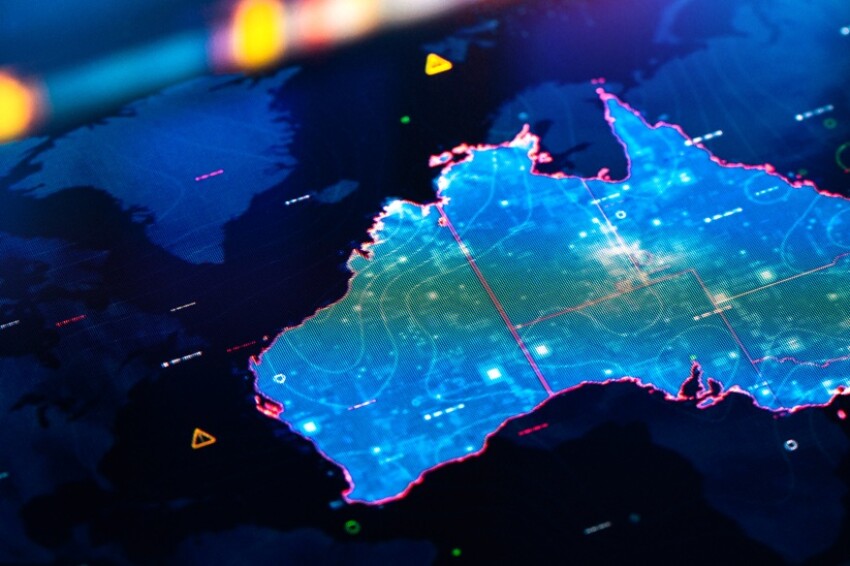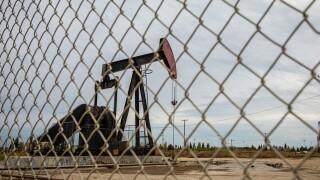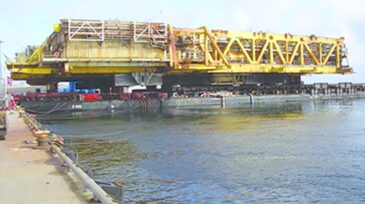Onshore/Offshore Facilities
Estimates commissioned by the Australian government suggest that increasing efficiency will lower costs for decommissioning offshore Australia.
This paper introduces an AI-driven digital fencing system designed to boost security in oil and gas fields. The main objectives are to improve security and safety of oil and gas facilities while addressing the limitations of legacy physical barriers, reducing false alarms, and eliminating the dependability on the grid in favor of renewable energy.
The contract will cover the design and manufacturing of tree systems, flexible flowlines, a manifold, and controls, as well as installation of the subsea production system.
-
Because of extremely high internal and external pressures, unconventional separator designs must be used in ultradeepwater applications. A major operator has qualified a number of subsea technologies covering a wide range of operating conditions and fluid properties that encompass its subsea portfol
-
Severe slugging is characterized by large pressure fluctuations at the base of the riser and is accompanied by fluctuations in fluid delivery from the top of the riser. This instability has negative effects on downstream equipment.
-
The value of new technology, and its ROI, is examined. Understanding the value proposition is not a trivial matter. When investing in facilities technologies, we have traditionally looked to invest in those that will reduce Capex or Opex. But what about niche technologies?
-
This paper analyzes the various selection methods of integrated template structures (ITSs) for use in the Arctic environment. Operation and installation of subsea modules in the Barents Sea are also analyzed in this paper.
-
As production from mature basins onshore and in shallow water declines, the development of deepwater reserves has become vital. Consequently, production and Capex are expected to rise.
-
The application of lessons learned in projects is generally a trusted approach to tackling design challenges. However, the design of onshore production systems for unconventional resources does not allow for straightforward crossover from onshore or offshore conventional to unconventional systems.
-
Decommissioning costs are often made higher by decisions made during the initial engineering and construction stages of an offshore oil or gas field. Designing with a critical eye can go a long way toward reducing the decommissioning costs, which occur decades later.
-
Engineers who design separators often use rules of thumb. While useful, the theoretical guidelines are typically written for downstream separators and are difficult to apply to the changing dynamics of upstream field conditions.
-
This paper provides an overview of an engineering-design methodology that can be followed for tubular-equipment sizing and selection for use in complex wells.
-
This paper will demonstrate the benefit of liner-drilling technology used to drill and cement an operator’s 9⅝- and 7-in. liners in place.













